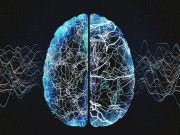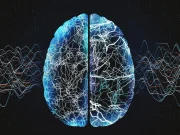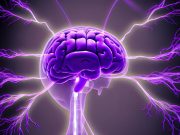Tag: Seizures
Seizure Frequency Improves Over Time in Treatment-Resistant Epilepsy
Two-thirds of patients had reduction in seizure frequency with addition of antiseizure medication
Seizure Risk Up for Seniors in Nursing Homes Prescribed Tramadol and Antidepressants
Risk for seizures increased with concomitant use of tramadol with CYP2D6-inhibiting versus neutral antidepressants
Rate of Gabapentin Prescribing Increasing Since 2010
Rate of dispensing almost doubled for both number of prescriptions and people from 2010 to 2016, followed by slower increase
Treatment Response to Antiseizure Medications Can Take More Than One Year
Most participants with newly diagnosed focal episodes achieve seizure freedom; 27 percent become seizure-free with first ASM
Subcutaneous EEG System Feasible, Acceptable for Monitoring Seizures
52 percent of the 754 seizures recorded on the subcutaneous system were not reported in patient diaries
Antiseizure Meds With Known or Uncertain Risks Continue to Be Prescribed in Pregnancy
However, safer antiseizure medications are gaining favor
Newer Antiseizure Medications Less Likely to Be Associated With Major Malformations in Infants
Maternal use of valproate, phenobarbital, and topiramate early in pregnancy linked to increased risk versus lamotrigine use
Socioeconomic Disparities Contribute to Frequent ED Visits for Seizure
Increased odds of high ED visits seen for those with Medicare, Medicaid, no insurance versus private insurance
Epilepsy More Common With Frontotemporal Dementia
Findings compared to people with Alzheimer disease and healthy controls
New Definition of Epilepsy Improves Diagnosis, Treatment
Most newly diagnosed patients were seizure-free at 12 months of follow-up














